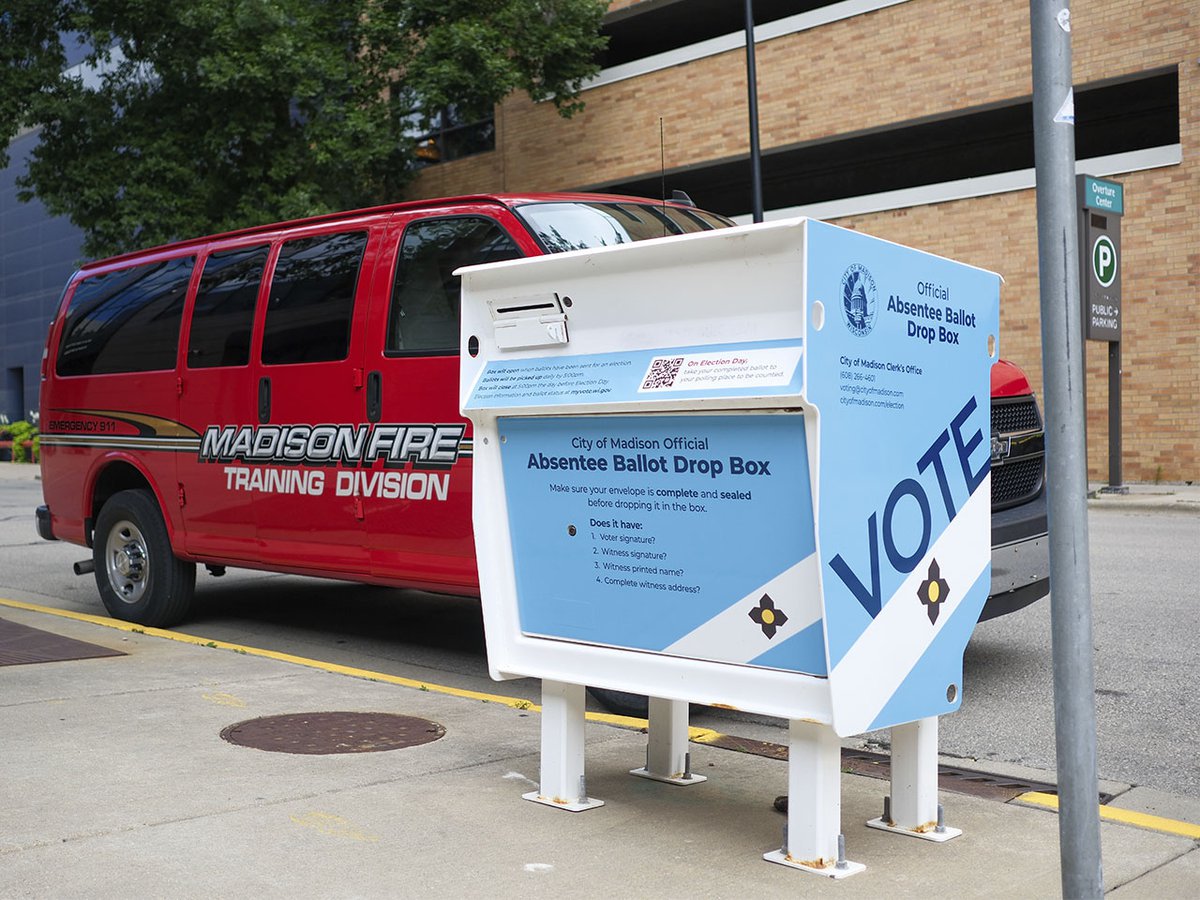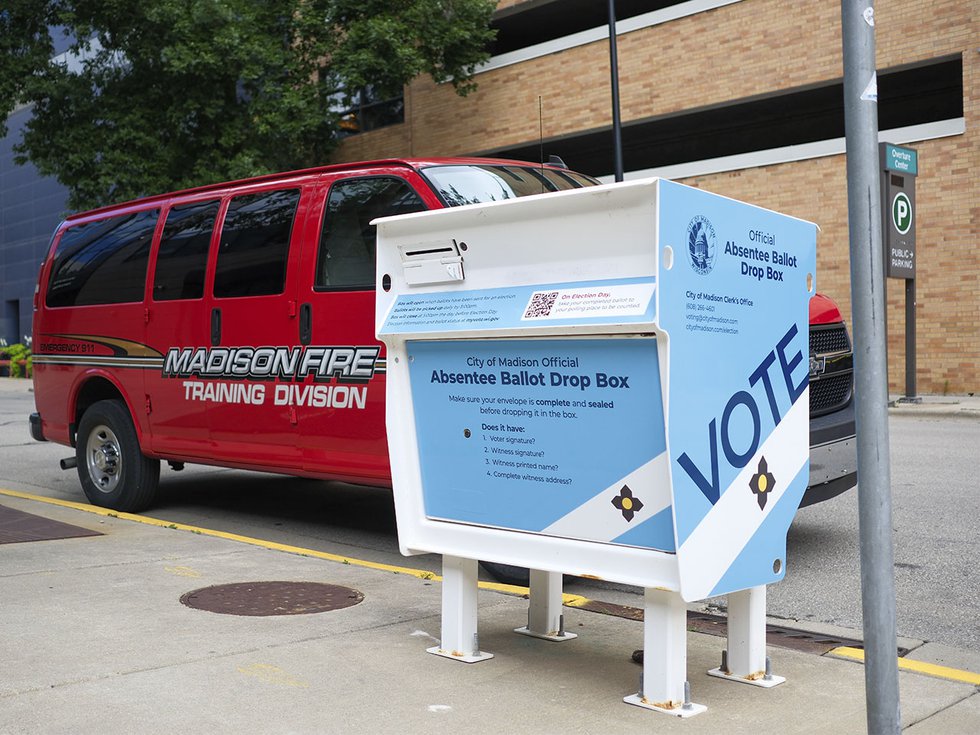Madison officials mistakenly sent out 2,250 absentee ballots to voters in 10 wards on Madison’s east side, owing to a data entry mistake that doubled ballot requests for one style of ballot. Officials quickly caught the mistake and notified voters via letter that if they return two ballots, “the second one will be rejected at the polls.”
But Republican U.S. Rep. Tom Tiffany is still on the offensive.
“Although the Madison Clerk’s Office claims, ‘The voting system does not allow a ballot with the same barcode to be submitted,’ my office has proof that there is no barcode on the actual ballots,” Tiffany, who represents a northern Wisconsin district, which does not include Madison, said in a Wednesday evening tweet with more than 700,000 views at the time of this article’s publication.
He included a picture of the front and back of a ballot: “Here is a picture of the absentee ballots — NO BARCODE.”
The problem? Barcodes — also known as certificates — are not printed on ballots themselves. They’re printed on ballot envelopes, and poll workers are required to scan the barcodes prior to even opening the envelope. A ballot won’t be accepted if it’s not in a completed envelope, said Rachel Rodriguez, Dane County Clerk’s Office elections management specialist, meaning that there would be no way for the voter to submit the ballots separately.
If two filled-out ballots were submitted in an envelope, neither would be counted, Rodriguez says. If one ballot was filled out and the other was not, only the filled-out ballot would be counted. In either case, the incident would be recorded, Rodriguez noted.
There are other safeguards in place. Once a registered voter has cast their vote, poll workers assign a voter slip number to the voters’ name on the poll book and on the absentee ballot envelope. If poll workers see that a voter who already has a number tries to cast another ballot, it will be rejected. And Wisconsin’s voter registration system interfaces with the state Department of Transportation and federal Social Security Administration, in order to make sure that voters’ identities match with what’s shown on their ballots.
Barcodes do not appear on ballots, as all states have laws meant to protect secret voting; election officials can only see that a voter voted, not whom they voted for. If a barcode were to appear on a ballot, the ballot could be traced back to the voter, and their voting choices would no longer be secret.
Tiffany reached out to Madison City Clerk Maribeth Witzel-Behl through a public letter on Sept. 24 with a range of questions about the duplicate ballot incident. Witzel-Behl responded — also publicly — in a letter on Sept. 25. City Communications Manager Dylan Brogan noted that Tiffany was informed that barcodes do not appear on ballots before Tiffany made his tweet.
“In closing, I would simply note that elections are conducted by humans and occasionally human error occurs,” Witzel-Behl said. “When errors occur, we own up to them, correct them as soon as possible, and are transparent about them — precisely as we have done here.”
Early Thursday morning, Tiffany acknowledged his mistake — but put the onus on Madison officials.
“The Madison Clerk’s Office original press release said nothing about a barcode on the envelope,” Tiffany said. “They claimed it was on the ballot, and only changed their quote after we exposed it.”
Tiffany did not immediately respond to a request for comment.


